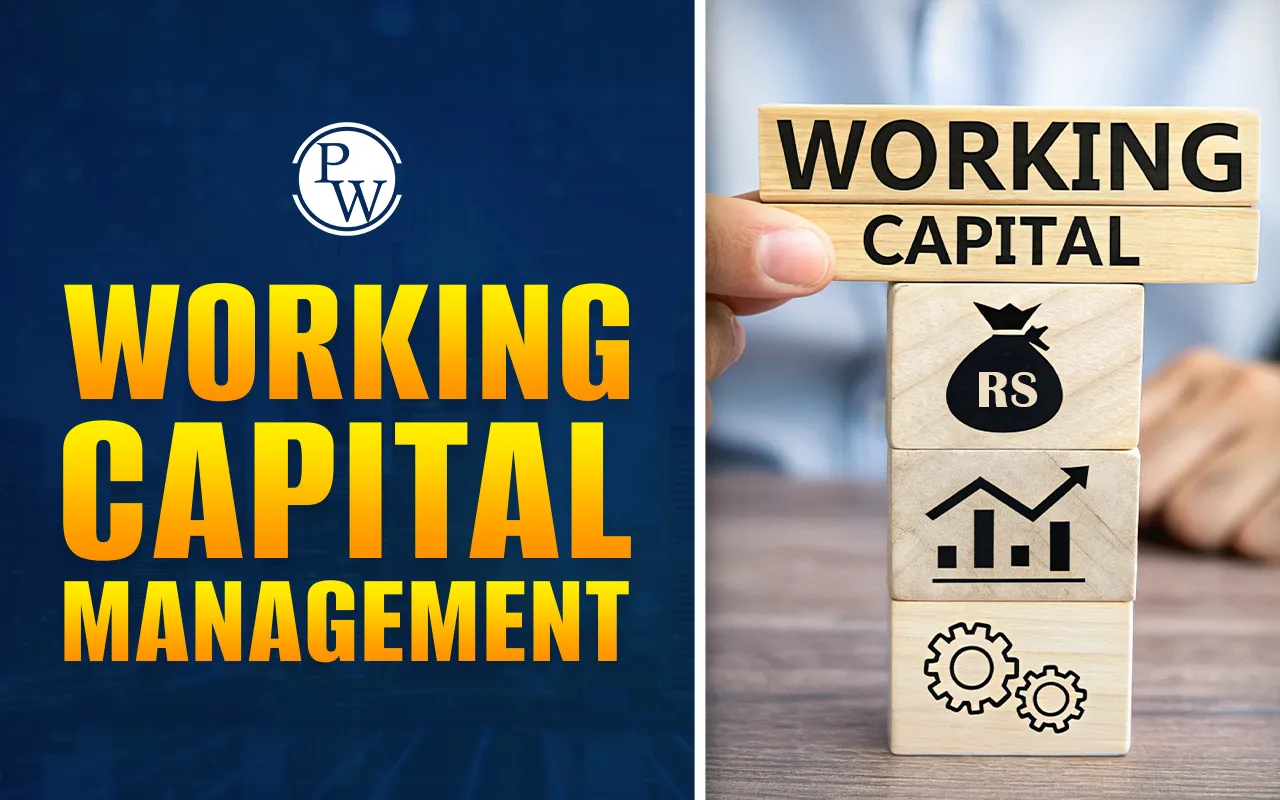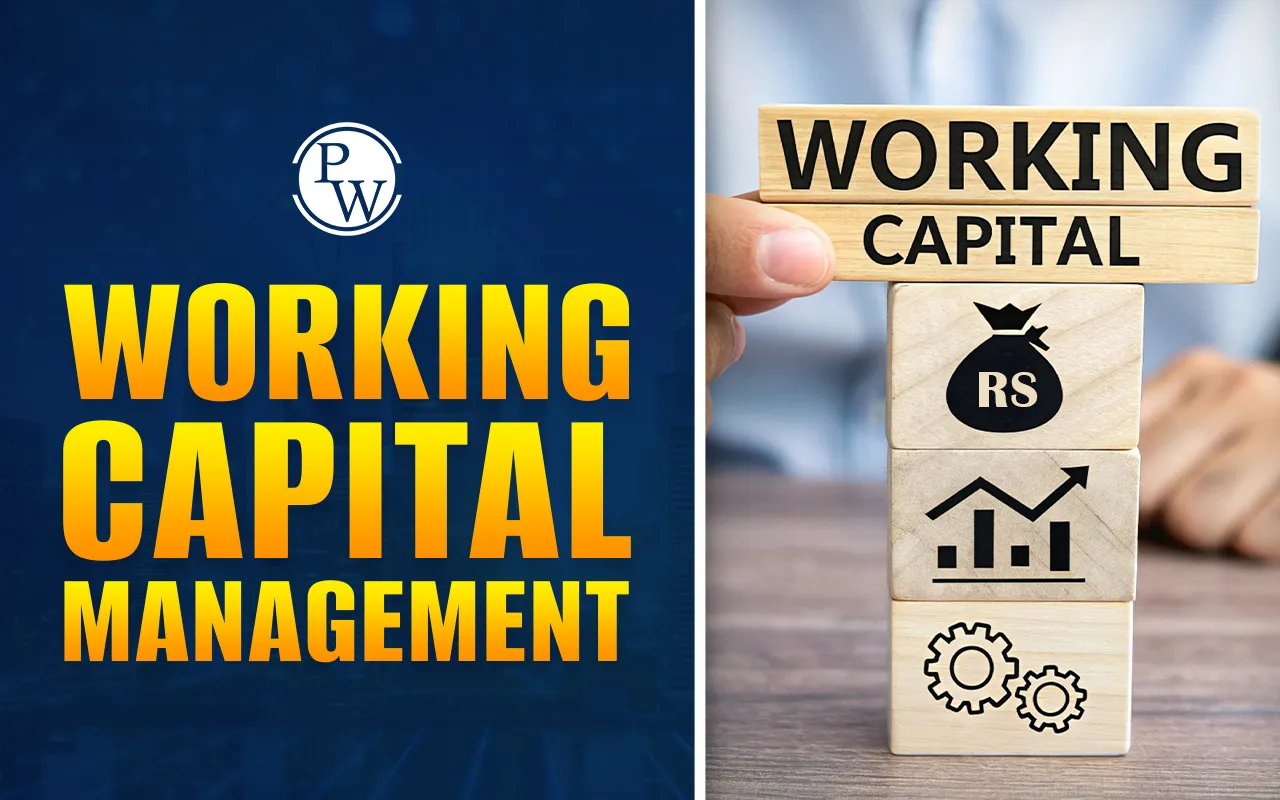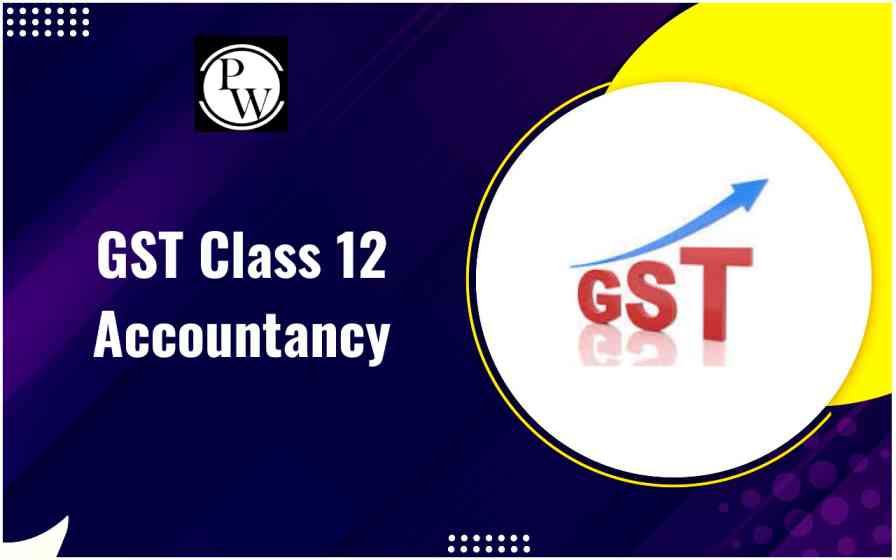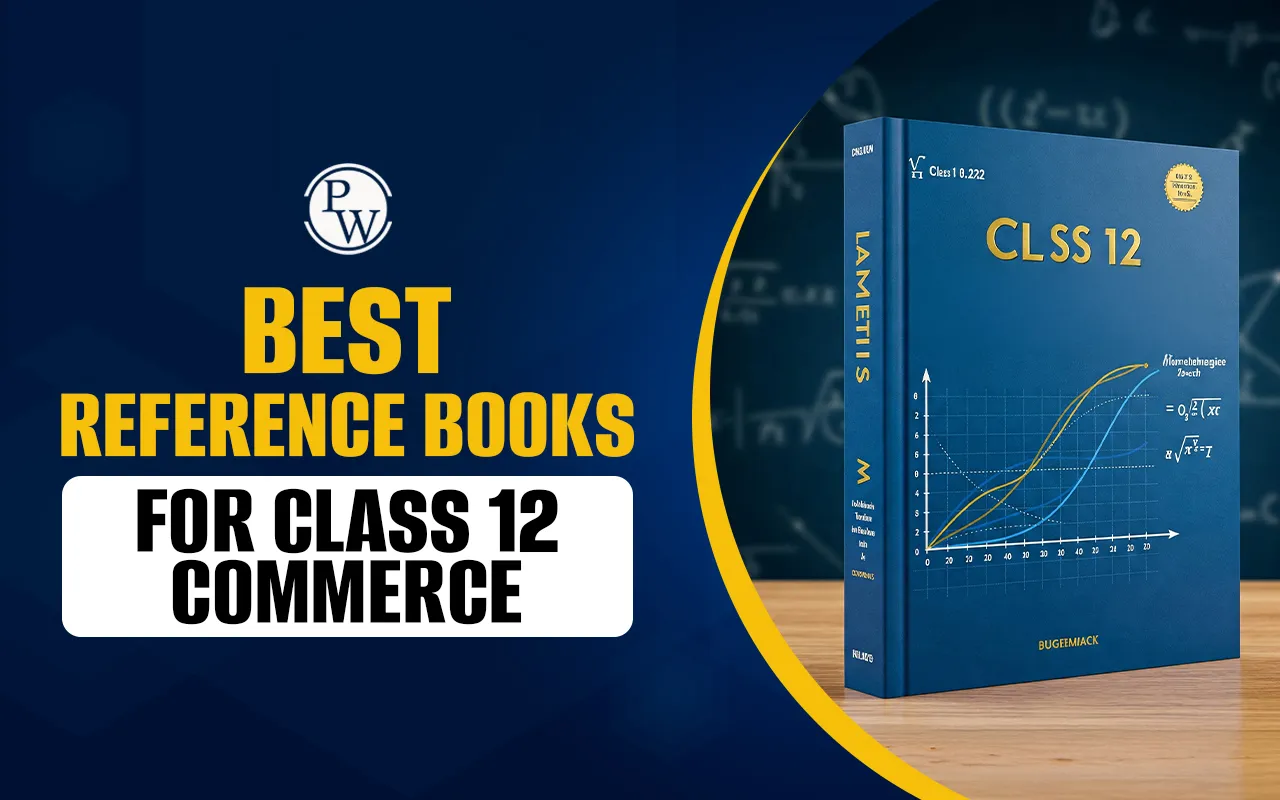

Working Capital Management Class 12 is an important part of financial management. It deals with the management of current assets and current liabilities in a business. Proper working capital management ensures smooth day-to-day operations and helps the business maintain financial stability. For Class 12 students, understanding this concept is essential as it is a part of their curriculum and also useful for real-life financial knowledge.
What is Working Capital Management Class 12?
Working Capital Management Class 12 refers to the planning, controlling, and monitoring of current assets and current liabilities. Current assets include cash, inventory, and accounts receivable. Current liabilities include accounts payable, short-term borrowings, and other debts due within a year.
Managing these properly helps the company run its working capital cycle smoothly. Working Capital Management Class 12 focuses on ensuring that a company has enough funds to meet its short-term obligations and continue its operations without financial pressure.
Types of Working Capital
Working Capital Management Class 12 can be understood better by studying its different types. These types show how working capital can change depending on the financial situation of the business.
Positive Working Capital
When current assets are more than current liabilities, the company has positive working capital. This shows financial strength and stability.
Zero Working Capital
When current assets equal current liabilities, it is called zero working capital. This is rare and may increase risk as the company depends fully on current liabilities.
Negative Working Capital
When current liabilities are more than current assets, the company has negative working capital. This shows a weak financial position.
Characteristics of Working Capital Management Class 12
The characteristics of Working Capital Management Class 12 highlight its importance in financial planning. Below, we’ve mentioned the characteristics of working capital management:
Short-Term Focus: It deals with short-term assets and liabilities.
Liquidity Measurement: It shows the liquidity position of a company.
Helps in Smooth Operations: Proper working capital ensures that daily operations run without problems.
Dynamic Nature: The working capital cycle keeps changing with business needs.
Risk and Return Balance: Good working capital management balances financial risks and returns.
Why Working Capital is Important in Business?
Working Capital Management Class 12 highlights why working capital is essential in business. It is not just a financial number but a tool that affects daily operations. Below, we’ve mentioned the importance of working capital in Business:
Smooth Business Operations: Working capital ensures that businesses can pay suppliers, employees, and other short-term expenses on time.
Liquidity Check: It acts as a measure of liquidity, showing whether the company can handle short-term debts.
Business Stability: Proper management of working capital keeps the company stable even in tough times.
Growth Opportunities: Companies with positive working capital can invest in opportunities without facing financial stress.
Formula of Working Capital Management Class 12
The Working Capital Formula helps in calculating the amount of funds available to run the day-to-day business activities. The formula of Working Capital Management Class 12 is:
| Working Capital = Current Assets – Current Liabilities |
How to Calculate Working Capital Management Class 12?
Below, we’ve mentioned the steps to calculate Working Capital Management Class 12, students can follow these steps:
Step 1: Find the value of total current assets. This includes cash, bank balance, receivables, and inventory.
Step 2: Find the value of total current liabilities. This includes accounts payable, short-term borrowings, and other obligations due within a year.
Step 3: Subtract current liabilities from current assets.
Step 4: The result shows the working capital position.
Practical Question of Working Capital Management
Below, we’ve mentioned the practical questions of working capital management:
Question 1:
Current Assets = ₹2,00,000
Current Liabilities = ₹1,20,000
Find the Working Capital.
Answer:
Working Capital = Current Assets – Current Liabilities
= ₹2,00,000 – ₹1,20,000
= ₹80,000
This shows positive working capital, meaning the company is financially stable.
Question 2:
Current Assets = ₹1,50,000
Current Liabilities = ₹1,50,000
Find the Working Capital.
Answer:
Working Capital = ₹1,50,000 – ₹1,50,000
= ₹0
This shows zero working capital. The company fully depends on liabilities to run its operations.
Question 3:
Current Assets = ₹90,000
Current Liabilities = ₹1,20,000
Find the Working Capital.
Answer:
Working Capital = ₹90,000 – ₹1,20,000
= –₹30,000
This shows negative working capital, meaning liabilities are more than assets. The company may face financial problems.
Question 4:
A company has the following details:
- Cash = ₹50,000
- Inventory = ₹1,20,000
- Accounts Receivable = ₹80,000
- Accounts Payable = ₹70,000
- Short-Term Loans = ₹1,00,000
- Outstanding Expenses = ₹30,000
Find the Working Capital and explain whether the company has positive, zero, or negative working capital.
Answer:
Current Assets = Cash + Inventory + Accounts Receivable
= ₹50,000 + ₹1,20,000 + ₹80,000
= ₹2,50,000
Current Liabilities = Accounts Payable + Short-Term Loans + Outstanding Expenses
= ₹70,000 + ₹1,00,000 + ₹30,000
= ₹2,00,000
Working Capital = Current Assets – Current Liabilities
= ₹2,50,000 – ₹2,00,000
= ₹50,000
The company has positive working capital, meaning it is in a safe financial position.
Questions for Self Practice
Here are some questions for practice:
-
Current Assets = ₹75,000, Current Liabilities = ₹50,000. Find the Working Capital.
-
Current Assets = ₹60,000, Current Liabilities = ₹80,000. Find the Working Capital.
-
A company has Inventory = ₹90,000, Cash = ₹40,000, Accounts Receivable = ₹70,000, Accounts Payable = ₹50,000, Short-Term Loans = ₹60,000, and Outstanding Expenses = ₹20,000. Find the Working Capital and state whether it is positive, zero, or negative.
Working Capital Management Class 12 is an essential concept in financial management. It explains the importance of managing current assets and liabilities. By understanding this, students can learn how businesses maintain balance in their working capital cycle and continue operations smoothly.
| Related Links | |
| Commerce Class 12 | Class 12 Accountancy |
| Class 12 Commerce Syllabus | Class 12 English |
| Class 12 Business Studies | Class 12 Economics |
| Class 12 Maths | Class 12 Result |
Working Capital Management Class 12 FAQs
What is Working Capital Management in Class 12?
How do you calculate Working Capital?
What are the types of Working Capital?
Why is Working Capital important for a business?













